Student Blog
Heather

Sorry to say good bye ⟩
November 18, 2015, by Heather
Yesterday was my last day of fieldwork for the semester. My fieldwork placement was at a private pediatric clinic in Simi Valley called Kids Connection. It was truly an amazing experience, and showed me what effective evidence-based treatments can look like in pediatric occupational therapy.
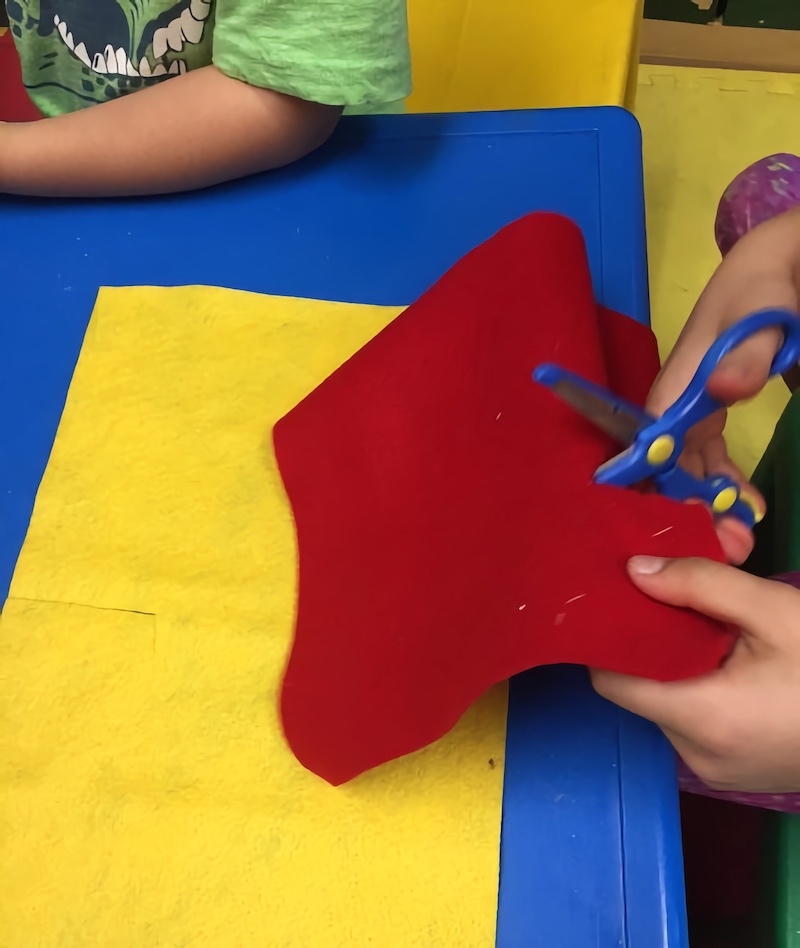
While at Kids Connection, I had the opportunity to work with children with a range of diagnoses between the ages of 6 months to 21 years. At first I was worried that my lack of experience in pediatrics would hinder my ability to work with our clients. I could not have been more mistaken. I quickly learned from my clinical instructor the ins and outs of what makes an effective pediatric occupational therapist.
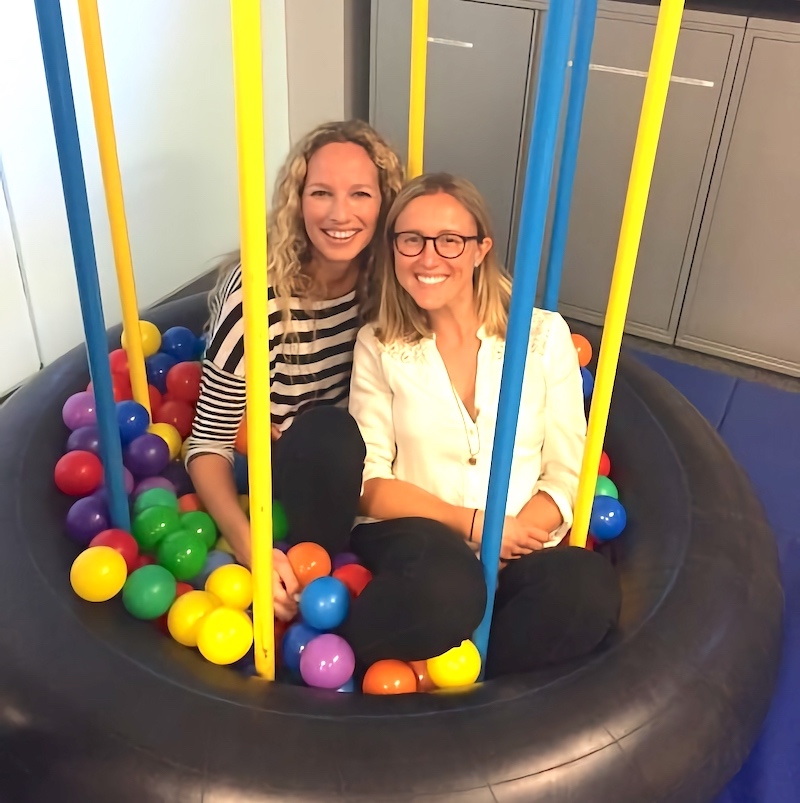
Play was an integral part of each treatment plan with the child, which was also very therapeutic for me. It was a great feeling to leave fieldwork each day feeling more uplifted than when I had arrived.
⋯

Getting Crafty with Neuro! ⟩
November 7, 2015, by Heather
In our first semester of the Entry-Level Master’s Program, we take a course called the Foundations of Neuroscience. For many students, it is one of their favorite classes. It is challenging, instructive and interesting. Not to mention, it is taught by Dr. Leah Stein Duker, who is incredibly talented, intelligent, and well respected within the Division and the entire field of Occupational Therapy.
As part of the course, we are provided the opportunity to get creative with a “neuro project” of our choosing. Many of the projects that my classmates chose to create depicted the functions of the various structures of the brain. To name a few: the neural pathways, the cortical homunculus of the primary motor cortex, and the innervations of the the central and peripheral nervous systems.

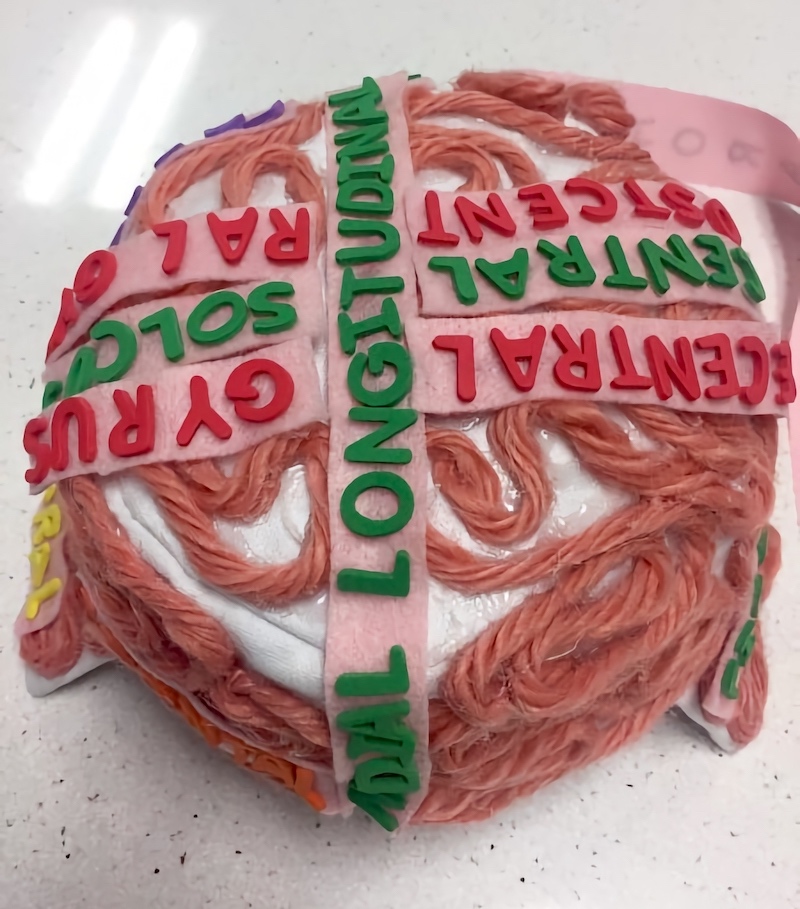
For my extra credit project, I created the peripheral nerve distribution of the hand as part of the brachial plexus. I did this project because I am interested in hand anatomy and the biomechanics of the upper extremity. Unfortunately, I do not have a picture of my project to share, however, I took a photo of another classmate’s project that did something similar by sewing the innervations of the hand together in glove form.
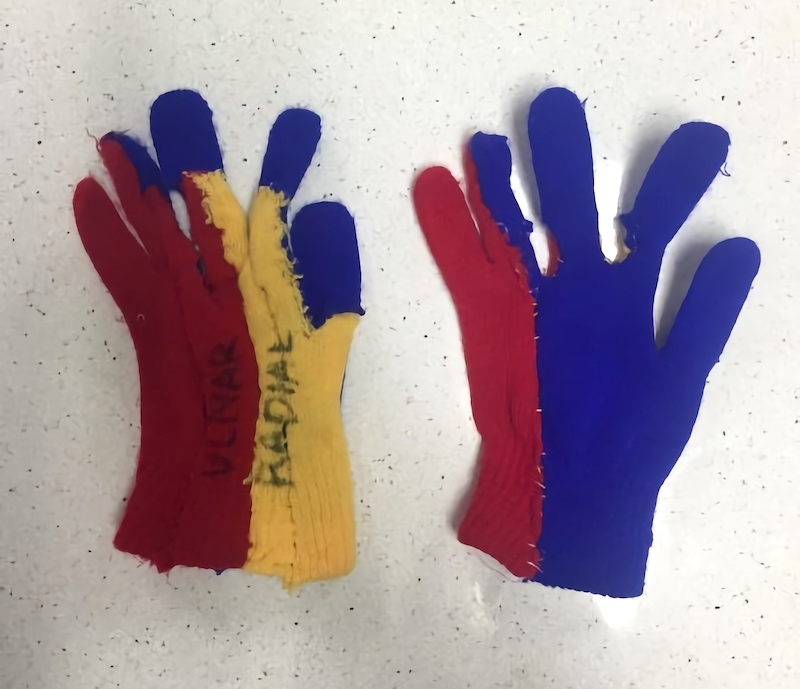
And just to get a little technical on you, the brachial plexus are formed from the junctions of the anterior rami from C5-T1. They innervate the entire upper limb. The nerves that I painted on the hand are the musculocutaneous nerve (green), the ulnar nerve (blue), the median nerve (yellow), and the radial nerve (red). Voila!
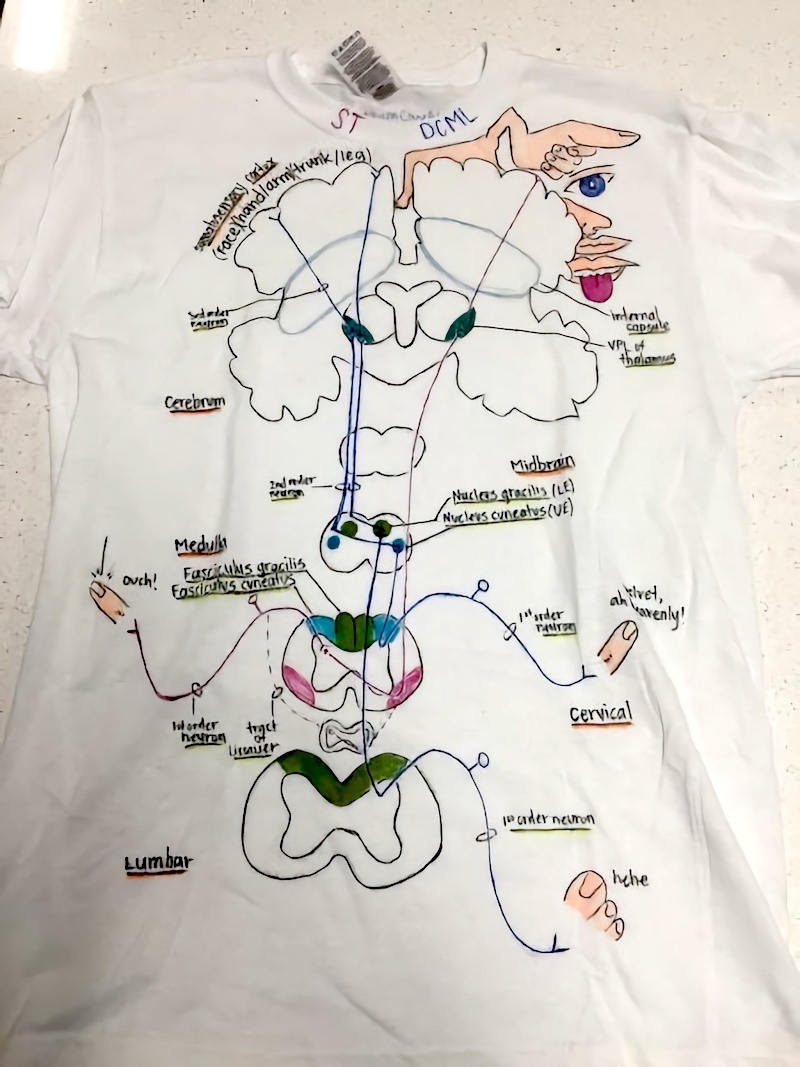

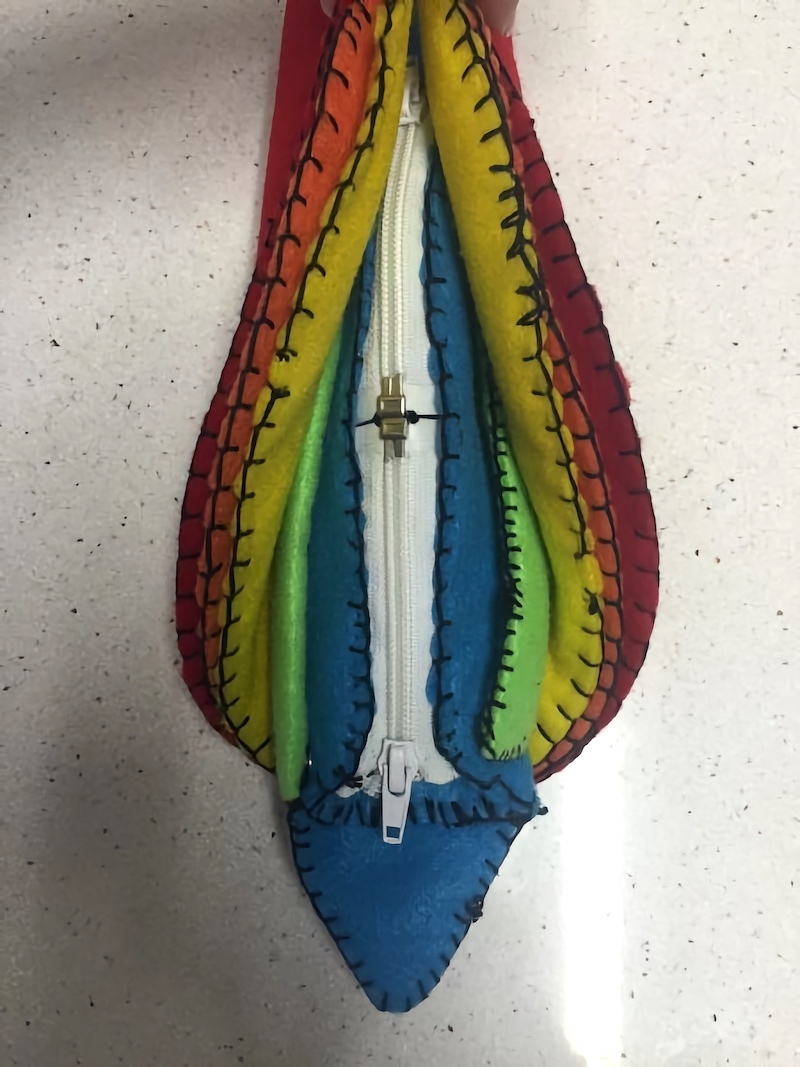
P.S. If anyone can tell me what this last project is supposed to be, comment and you will get a gold star!
⋯

So, what is the Externship? ⟩
October 28, 2015, by Heather
As part of the curriculum in the Entry-Level Master’s program, we are given the opportunity to capstone our professional development through a “Leadership Externship.” The externship is part of a course that is meant to foster skills in leadership, professional behavior, and an understanding in public policy and it impacts on our profession.
The externship is a two-week experience where students are provided with the opportunity to build leadership skills and explore an area that is of interest to them. In the past, students have traveled across the country and internationally to participate in a variety of experiences. Some examples include working with advocacy or cultural groups, volunteering for special interests groups such as the Red Cross or American Cancer Society, working in orphanages in Ghana and Thailand, and volunteering with community-based rehabilitation programs in Costa Rica and Turkey. Locally, students have spent their externships understanding the logistics of hospital administration and program development at Cedars Sinai Medical Center, Children’s Hospital of Los Angeles, and Norris Cancer Hospital.
I am just the beginning of planning for my externship. I have ambitions of traveling abroad with some of my classmates to a rehabilitation program in Cuba. I am also considering continuing my community-based project of working with musicians with repetitive motion injuries under the supervision of an Occupational Therapist or Certified Hand Therapist.
I am keeping my options open as I look forward to this opportunity in only a few months!
⋯

An Autumnal Occupation ⟩
October 4, 2015, by Heather
The Fall season is absolutely my favorite time of year. It reminds me of the times when my grandma and I would partake in one of our favorite occupations: making pomegranate jelly.

During October and November, I would go over to her house almost every weekend to make our wonderful creation. The process was long, yet meditative. First, we would pick the pomegranates off of the tree. Bags and bags of them. Then, we would sit for 2-3 hours seeding the pomegranates in tubs of water. By doing this in water, the seeds were prone to loosen and break out of their membrane without squirting everywhere. From here, my grandma would juice the seeds to make pomegranate juice (remember, this was before POM juice was a thing). The rest of the process involved adding sugar, pectin, and acid to balance out the thickening action of the pectin. The sugar was integral to the recipe because it increased the volume of the juice, sweetened it, and helped to prevent the jelly from fermenting. The last step was to pour the jelly concoction into sanitized Mason Jars, stir the contents to eliminate air bubbles, and skim the foam off the surface.

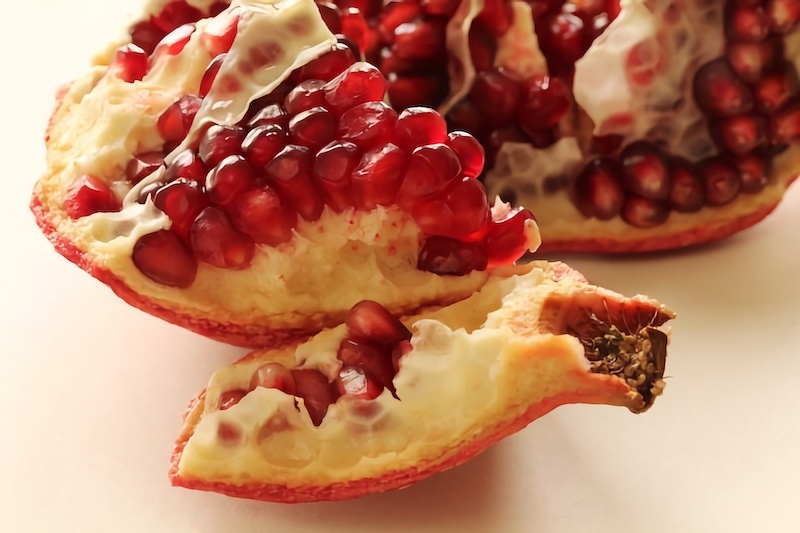
Grandma always told me that pomegranates were healthy, but I never quite understood why. Just recently, I did some research to find out their health benefits. Some of the interesting facts that I discovered were that pomegranates contain high levels of vitamin C and many types of antioxidants, namely 3: anthocyanidins: cyaniding, delphinidin, and pelargonidin. The polyphenol context is 3X the amount found in green tea and red wine. Studies show that they are directly related to the prevention of cancer and heart disease prevention
The occupation of making pomegranate jelly has been very important to me throughout my youth and young adulthood. After my grandma passed away, my mom and I have continued to engage in the ritual every Fall season. I believe that every life has meaningful occupations like this one, and that it is worthy task to continue practicing them throughout our lives.
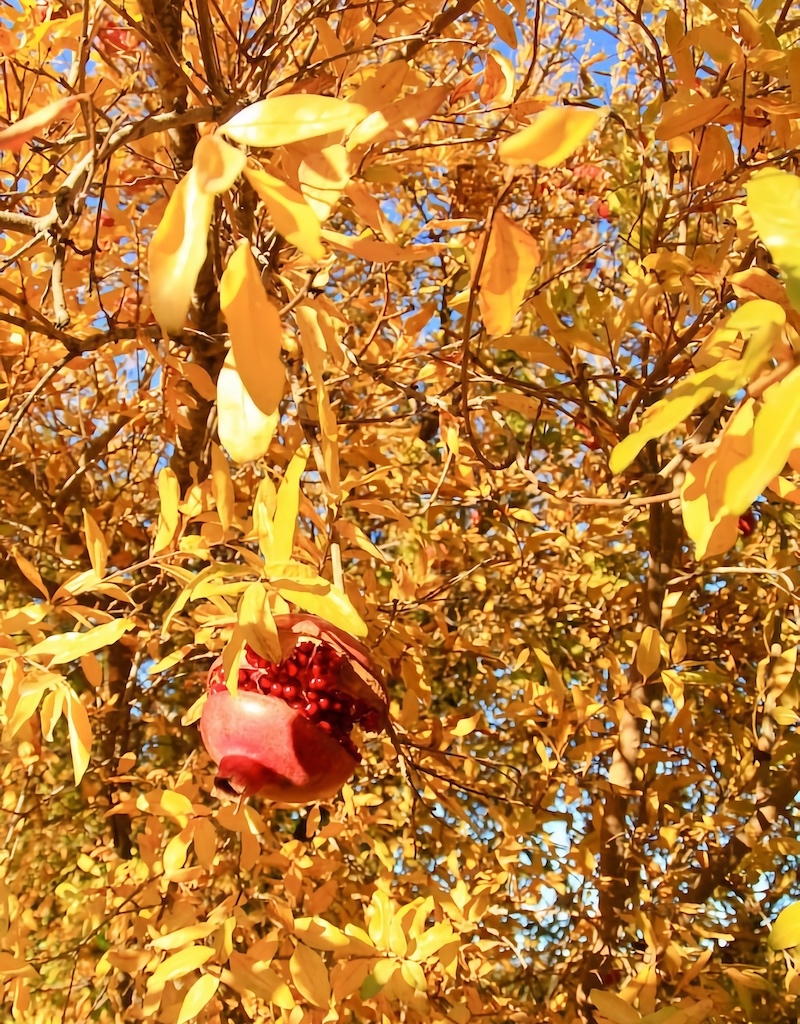
⋯

New Friends! ⟩
September 25, 2015, by Heather
Community Diversity School/Life Balance
When I first arrived at USC, I was not anticipating the multitude of amazing people that I would meet. I thought grad school was just about furthering my education to prepare me for my career in occupational therapy. I couldn’t have been more mistaken.
The people here are incredible and I have grown incredibly close to many of them.
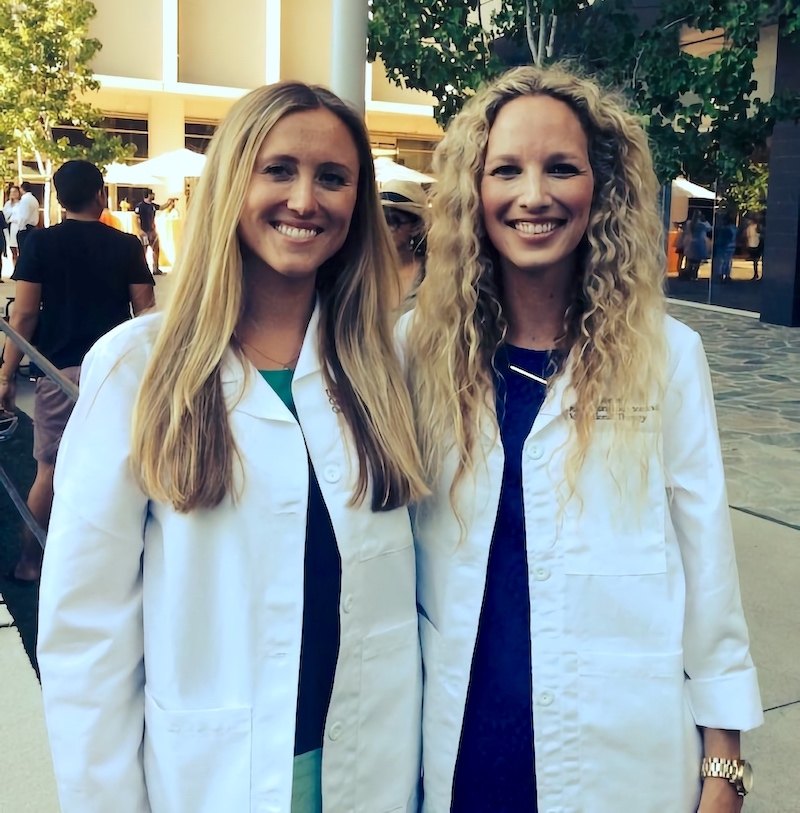
The friends that I have made in this program have been some of the most amazing people that I’ve had the pleasure of getting to know. We come from various backgrounds, different parts of the country, and from a wide variety of life experiences.

A large part of my enjoyment of being at school is being with my friends. We spend endless academic and nonacademic hours together, and are constantly involved in each other’s lives.
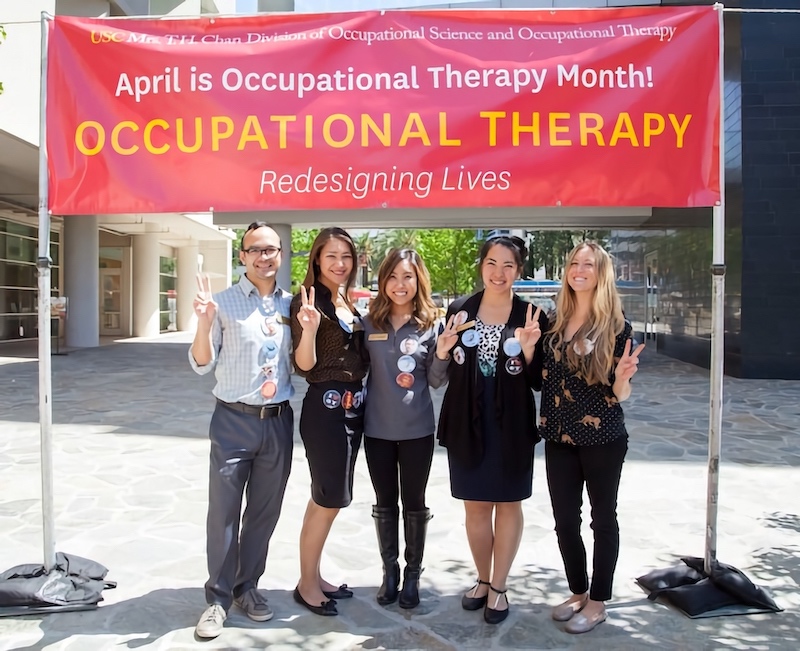
Without a doubt, my friends in this program have molded my experience at USC significantly. I look forward to our futures as we grow together as health-care practitioners.
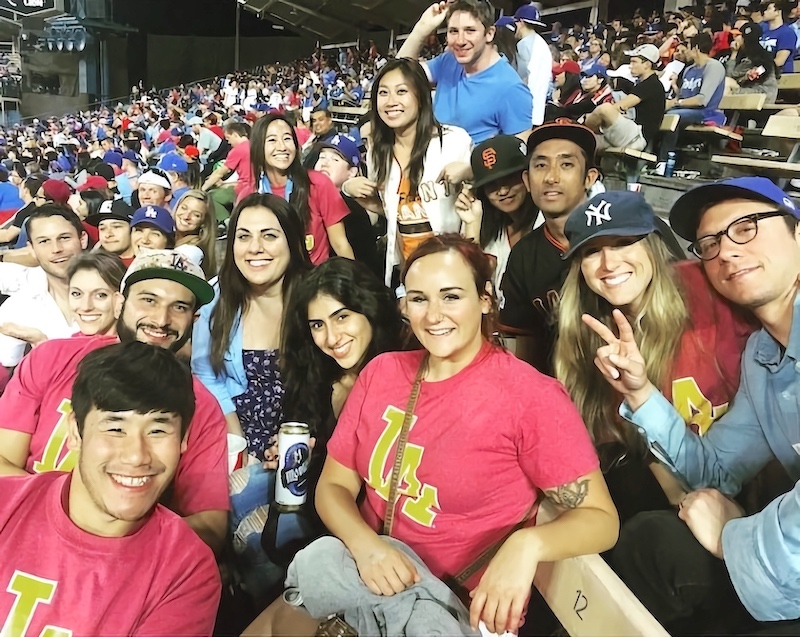
⋯





